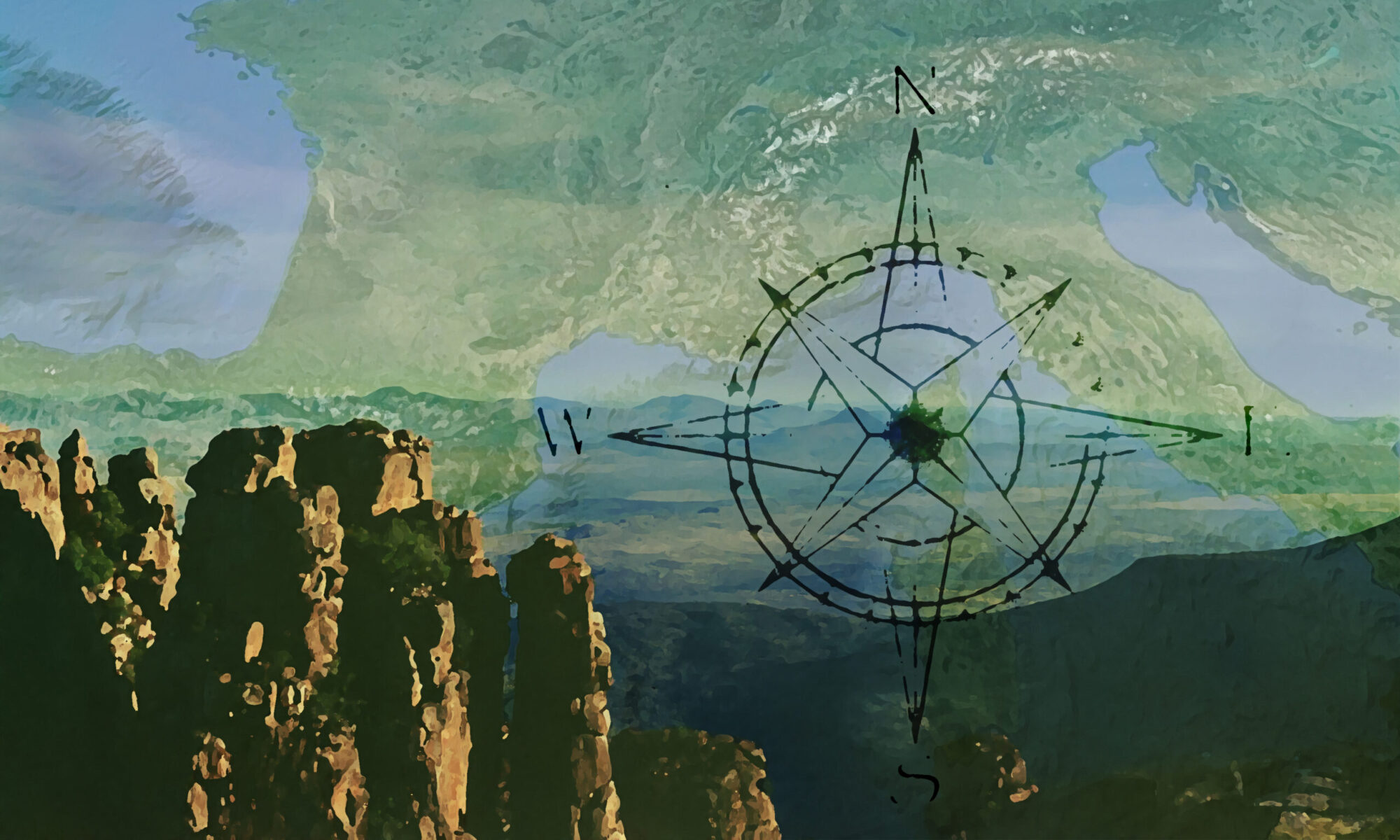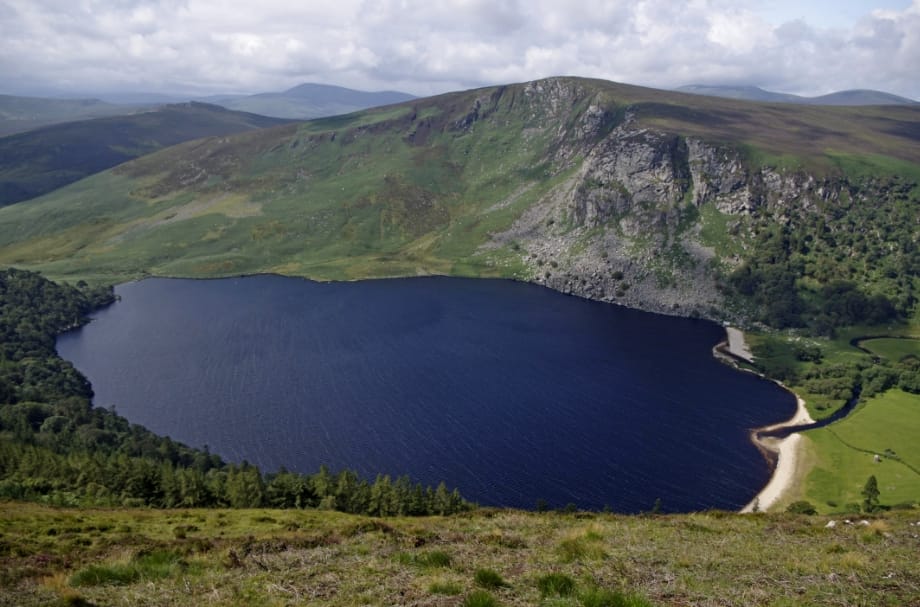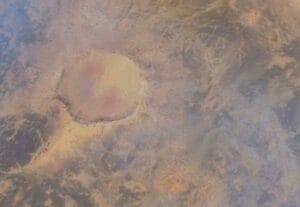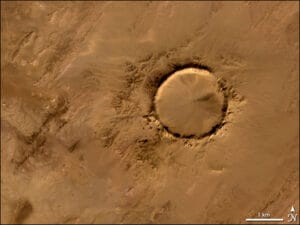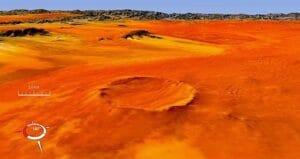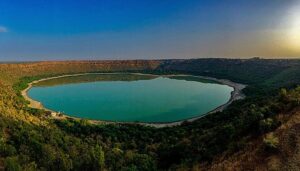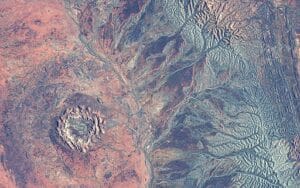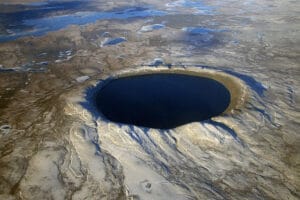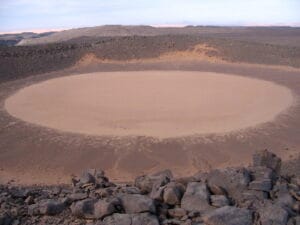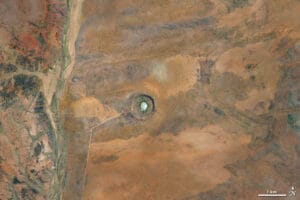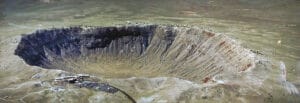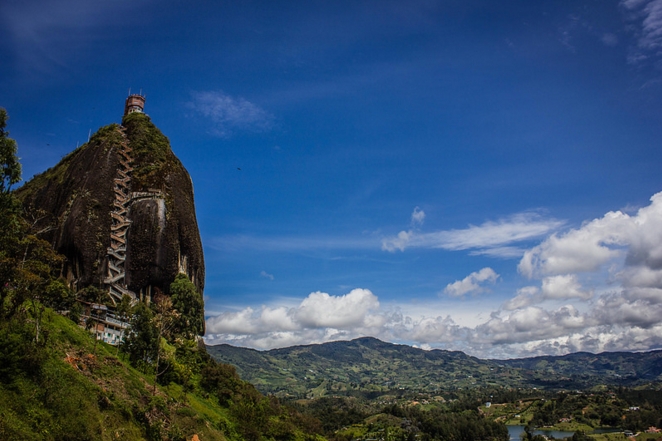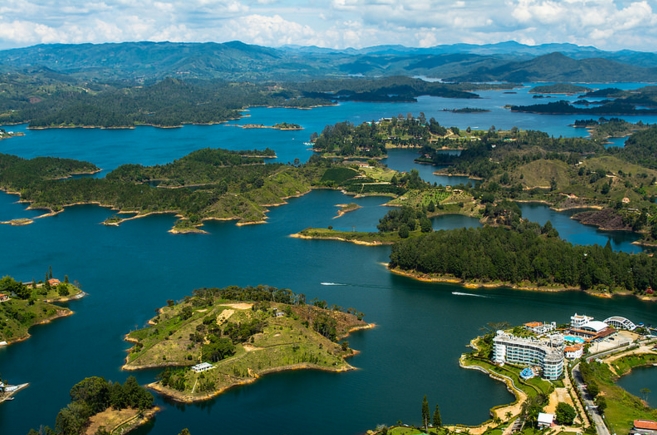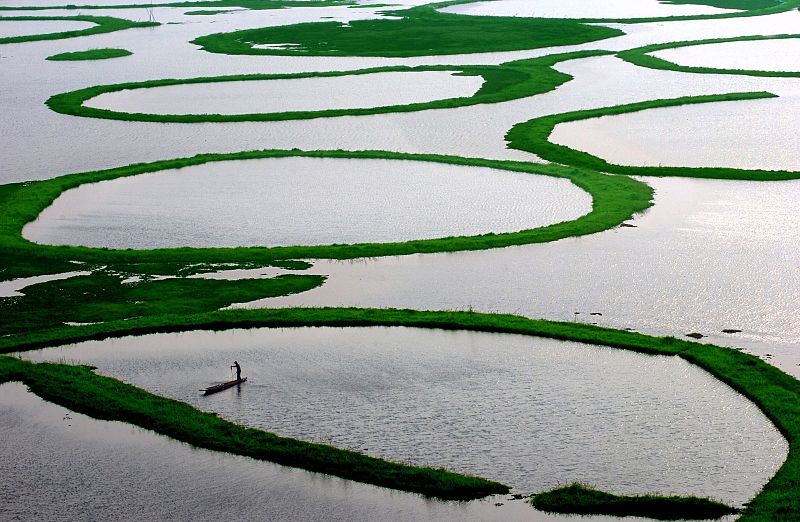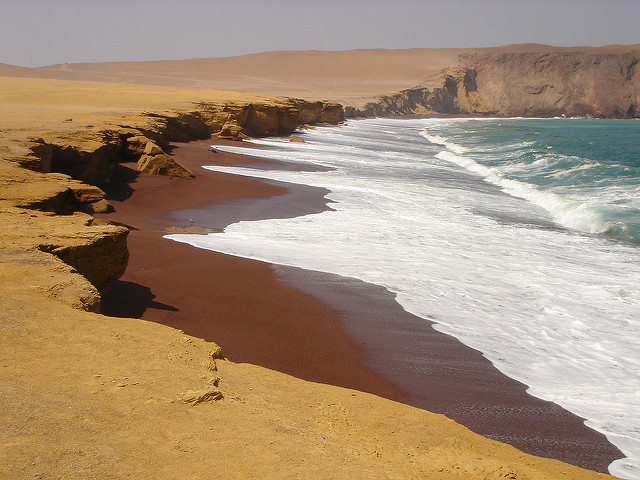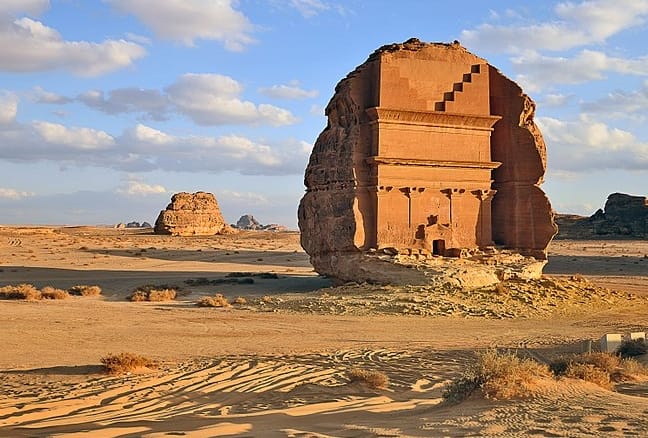
Also known as Al-Ḥijr or Hegra, this impressive archaeological site belonged in the first century AD to the kingdom of Nabatean, a nomadic Bedouin tribe of the northern Arabian peninsula, whose capital was Raqmu, now known as the famous Petra (Jordan).
The outstanding location consists of 131 rock-cut monumental tombs and was the first Arabian proclaimed UNESCO World Heritage Site in 2008.
All visitors need a permit to visit Mada’in Saleh (you can easily obtain the permission in the Hotels near the site).
